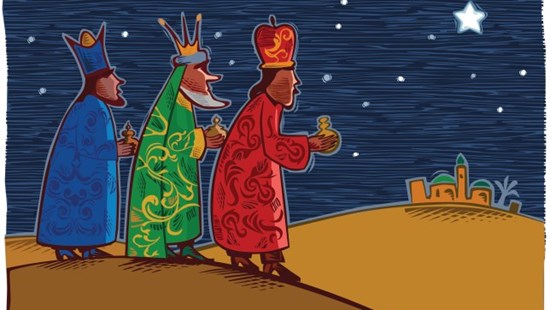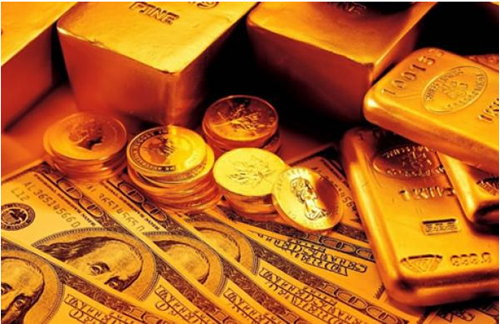
Robin Newbould, managing director of Ravenscroft Precious Metals Limited and head of execution and advisory at Ravenscroft, takes a look at the movements in the gold price across 2020 and potential influences in 2021.
In 2020, gold has risen more than 20%, with the highest peak reached in August when it hit a new record high of $2,075 an ounce. Since then, gold has been trading at or around the $1,900 an ounce level.*
Looking to 2021, the main drivers of the gold price will most likely include inflation expectations, a weaker US dollar and other currency debasement fears, global economic concerns and persistent low interest rates.
Based on an assumption that the world returns to some form of normality next year (far from a foregone conclusion), consumer demand should increase in 2021 and drive the economy higher, creating a supply shortage, which will trigger higher prices and inflation in goods as well as costs of services.
On top of that, the US Federal Reserve has stated that it is willing to let inflation run higher without raising interest rates. Perhaps the Fed believes that only inflation can help erode the astonishing debt pile that been amassed over the past few years.
For gold, this could be good news as more investors might choose to diversify into precious metals to help protect themselves from rising prices and currency falls.

Another potential positive for gold could come in the form of stock market volatility, if we consider that, particularly in the US, shares are trading at historical extreme highs because investors are being overly optimistic about a ‘cure all’ vaccine.
Whilst central banks around the world (relative to historically high net 2018 and 2019 purchases) paused their buying of the metal in 2020, we did see a rally being driven primarily by western investors who drove gold-backed ETF inflows, which, despite slowing this last month or so, saw record levels in 2020, according to the World Gold Council. "Net inflows of 916t (US$50.3bn) in 2020 remain well above the highest yearly amount on record," the WGC said in December.**
This report also highlighted something we at Ravenscroft Precious Metals had suspected from our own experience, and that was the dramatic increase in investment demand for physical gold bars and coins; we've never been busier! Despite this, many investors still don't have exposure to the precious metal.
* http://www.lbma.org.uk/precious-metal-prices#/
** https://www.gold.org/goldhub/research/gold-demand-trends/gold-demand-trends-q3-2020
Images - Google and World Gold Council
FINANCIAL PROMOTION: The value of investments and the income derived from them may go down as well as up and you may not receive back all the money which you invested. Any information relating to past performance of an investment service is not a guide to future performance.
BUYING AND SELLING PRECIOUS METALS. Please be aware that the price of precious metals can be very volatile, and can go down as well as up, sometimes significantly, over short periods of time. The price of precious metals is affected by a number of external factors, for example: the supply available from the mining industry, speculative activity in the derivatives markets, consumer demand for jewellery as well as actual, and anticipated, movements in interest rates, bond yields, foreign exchange rates and inflation. This list is by no means exhaustive. There may be periods where you have difficulty selling your assets, including physical metal, at a reasonable price.
Ravenscroft is a trading name of Ravenscroft Precious Metals Limited, which is registered with the Guernsey Financial Services Commission as a Non-Regulated Financial Services Businesse. Ravenscroft Precious Metals Limited is not regulated in the UK.

